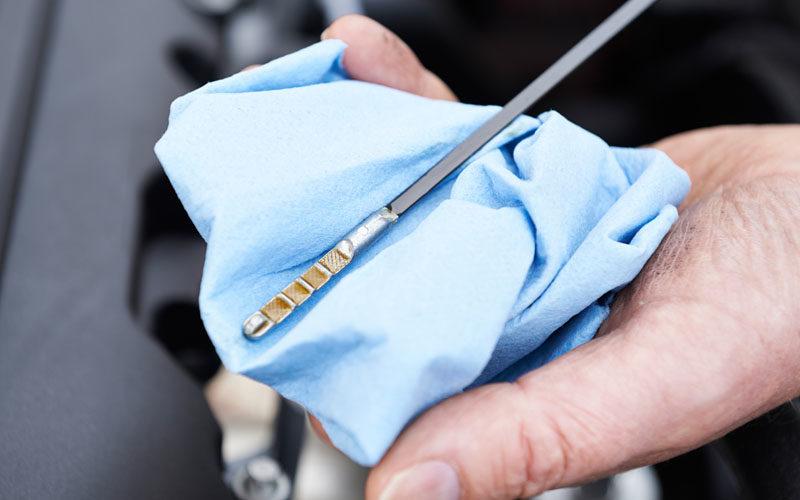This is the second in our series, “Used Car Maintenance 101.” Check out our first entry on tire rotation and wheel alignment here.
When you buy a car, even a used one, it’s important that you keep it properly maintained so that you’ll get plenty of years and thousands of miles of usefulness from your vehicle. One of the most important, affordable, and simplest car maintenance items that you can perform is your vehicle’s oil changes and filters. Not only is this an essential car maintenance task, but failing to do this could have dire consequences.
Why It’s Important to Get Your Oil Changed
Your car’s oil is its lifeblood. Engines are made up of many moving parts, and oil provides the lubrication necessary for those parts to operate efficiently without causing damage. Oil provides lubrication for your engine, cools engine components, and removes sludge and dirt particles from the engine. It can even improve your gas mileage.
Over time, your car’s oil begins to break down. It can become contaminated with dust and debris either from your car’s engine or the environment. When it’s contaminated, it can no longer do its job. The result is that your engine will run less efficiently, parts will begin to fail, and you may eventually need an entirely new engine. This is why your car’s oil needs to be changed with regularity.
How Often Should You Get Your Oil Changed?
How often you change your car’s oil might depend on the year, make, and model of your vehicle. Some manufacturers have different recommendations for their cars, so the time interval could vary. A good rule of thumb is to change your vehicle’s oil every 3,000 miles. Other things that could impact the time between oil changes include the type of oil that you use, how long it’s been since your last oil change, and the type of conditions that you drive your car in. Consult your vehicle’s manual for specific oil change guidelines.
How Often Should You Get Your Filter Changed?
Your oil filter serves as a barrier that prevents contaminants from entering your car’s engine. It takes grit and grime out of your vehicle’s oil as it passes through the filter on its way to lubricate your engine. Oil filters are inexpensive, and it’s good practice to get it changed at the same time that you change the oil. If your car’s “Service Engine Light” comes on, however, you may need a new filter before your next oil change.
How to Check Your Car’s Oil
Even if you are adhering to a regular maintenance schedule, checking your oil periodically can help head off some serious and costly issues. The good news is that this is a quick and simple task. Some new cars might come with an electronic gauge that tells you your vehicle’s oil level. This works well, but it’s still a good idea to visually inspect your car’s oil for irregularities.
If you’re not sure where your car’s oil dipstick is, look in your owner’s manual for a diagram. With your vehicle’s engine turned off and your car parked on a level surface, pop your hood and pull out the dipstick. Wipe off any oil from the dipstick with a rag and then push it back in all the way. Now, pull it out and inspect the oil level and the oil itself. If your oil level is between the “low” and “high” or “min” and “max” markings, you’re fine. Also, the color should be smooth and brown or black without any milky appearance or signs of metal particles. If either your oil appears dirty or thick and sludgy, have the vehicle inspected by a mechanic immediately.
Scheduling oil changes and filters swaps for your car can be a hassle, but this is a necessary routine vehicle maintenance item that will keep your car running well long term. The consequences of not changing your car’s oil could be even more costly and inconvenient.





![The Importance of Preventative Maintenance [video]](https://www.integrityautofinance.com/wp-content/uploads/2022/05/importance-regular-maintenance-2022-450x189.jpg)





